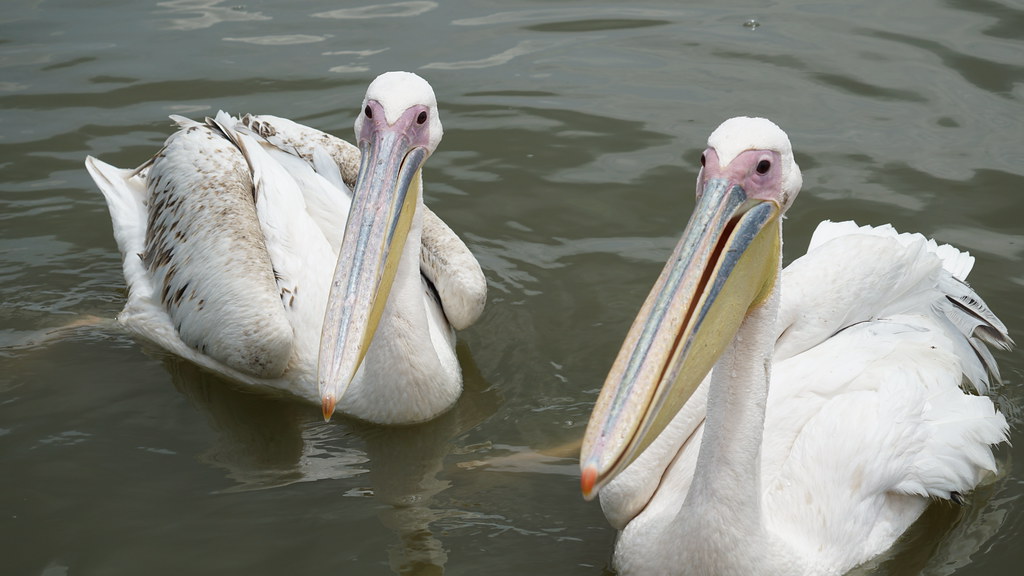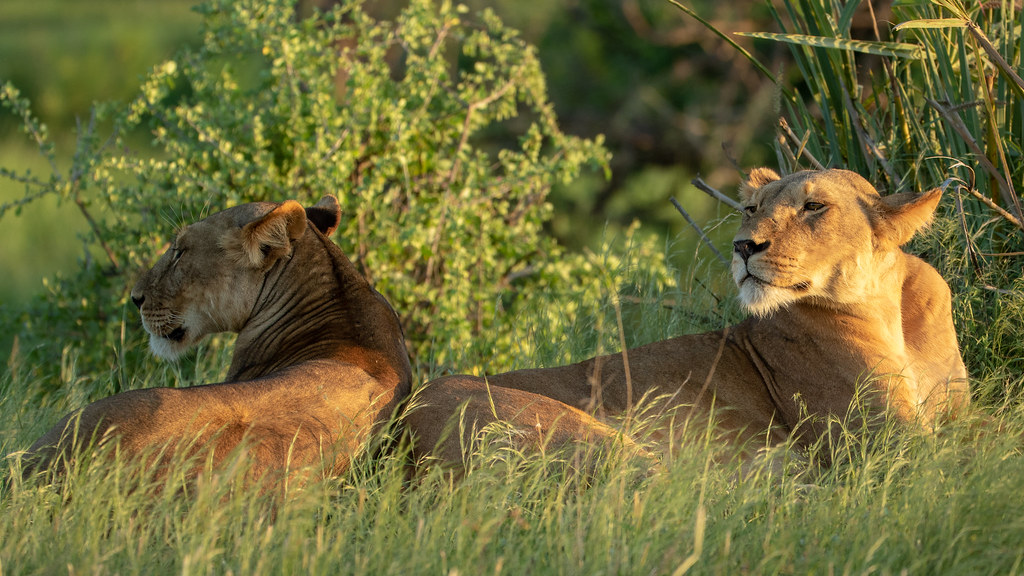
Investigating the Peaceful Wilderness of Lake Naivasha in Kenya
Investigating the Peaceful Wilderness of Lake Naivasha in Kenya
The grandeur of a freshwater oasis located outside the town of Naivasha in Nakuru County is revealed through a Lake Naivasha safari in Kenya. Nai’posha, a Masai term that translates to “rough water,” is the name of this breathtaking lake, a jewel in the Great Rift Valley. This name is derived from the abrupt storms that can grace its surface.
Lake Naivasha, which is located at the greatest elevation of the Kenyan Rift Valley at 1,884 meters, is a geological amalgamation of sedimentary deposits from a larger Pleistocene-era lake and volcanic rocks. The lake’s relatively fresh waters, which are fed by the Malewa and Gilgil rivers and lack a visible discharge, imply an underground outflow.
Lake Naivasha is a sanctuary for a variety of fauna, spanning 139 square kilometers and encircled by a fluctuating 64 square kilometers of swamp. The lake is home to a significant hippo population and more than 400 bird species, providing a diverse array of natural marvels. Crescent Island is a place that captivates explorers, with an average depth of 6 meters and a maximum depth of 30 meters.
The fish community of Lake Naivasha has been subject to variability as a result of climate variations, fishing activities, and the introduction of invasive species. A significant change occurred in 2001 with the accidental introduction of common carp, which accounted for over 90% of the fish mass by 2010.
Two lesser lakes, Ojoiden and Sonachi, are situated in close proximity to Lake Naivasha, which further enhances its allure. The Crater Lake game sanctuary contributes to the region’s biodiversity, while the lakeshore is indicative of the presence of European immigrants and settlers.
Throughout history, Lake Naivasha was utilized as a landing site for flying boats traveling from Britain to South Africa on the Imperial Airways route. In the 1960s, Joy Adamson, the renowned author of “Born Free,” lived on the lake’s shores. The region is of historical significance due to its affiliation with the Happy Valley era and the Oserian (“Djinn Palace”). In 1999, the Lake Naivasha Riparian Association was awarded the Ramsar Wetland Conservation Award in recognition of its conservation programs.
Floriculture is the primary industry in the vicinity of the lake, but there are concerns regarding the impact of unregulated water utilization for irrigation on lake levels. Employment and income are generated through fishing, which is influenced by rainfall patterns and the ebb and flow of the lake’s depth.
Despite its status as the “Jewel in the Crown” of East African lakes, Lake Naivasha is confronted with ecological challenges as a result of human pressures, such as the expansion of agriculture and horticulture. The lake, which was once a symbol of pristine beauty, is currently grappling with nutrient inflows, pollution, and effluents, underscoring the necessity of sustainable conservation efforts.
The geothermal industry’s arrival in 1981 initiated a new era for Lake Naivasha, as it generated electricity. However, there were apprehensions regarding its potential impact on the lake’s water levels. In 1945, the lake’s depth reached 0.6 meters, but it rebounded to nearly 6 meters in 1968. The industry’s future was in question as a result of a substantial decline in 1987, which fueled speculation regarding the lake’s underground water supplying the Olkaria geothermal reservoir.
The preservation of this extraordinary natural gem in the center of Kenya is contingent upon the delicate balance between conservation and human activities as Lake Naivasha continues to develop.


